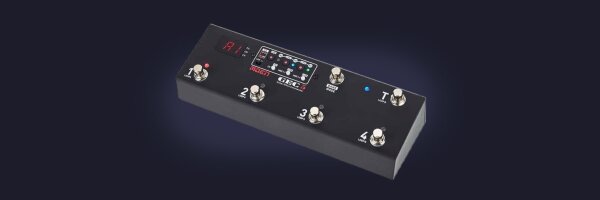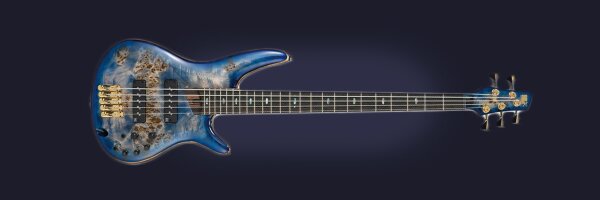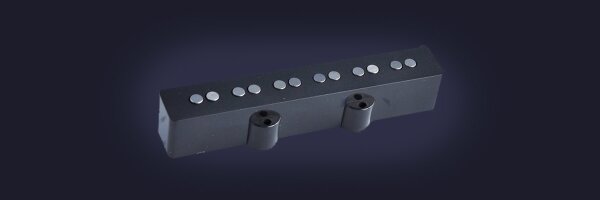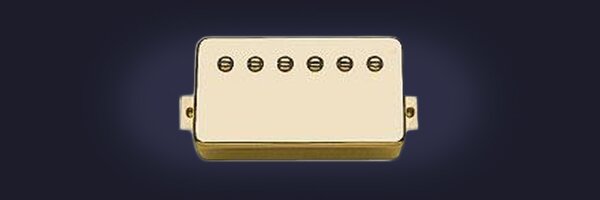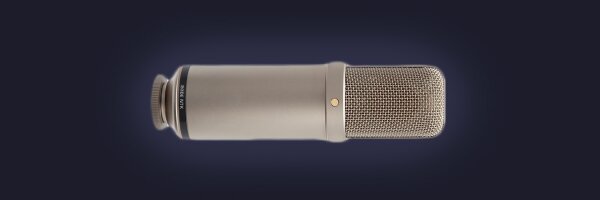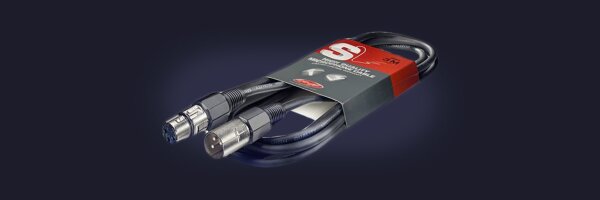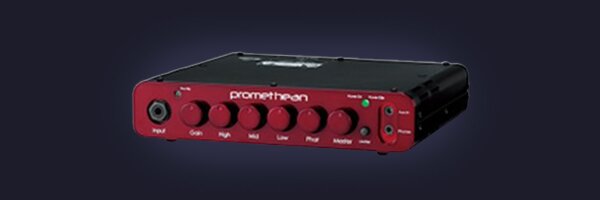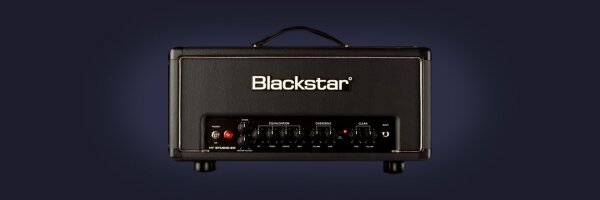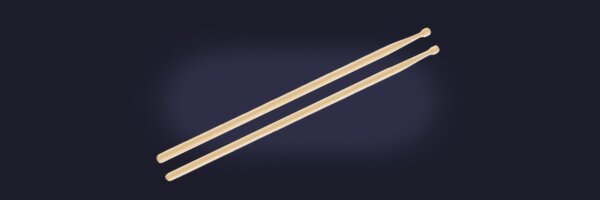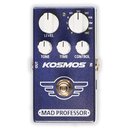Silver Spring Reverb
Der Silver Spring Reverb (SSR) ist ein kompaktes, einfach zu
benutzendes Digital/Analogs Hallgerät mit einem rein Analogen Signalweg.
Die
Bandbreite des Effekts reicht vom dunklen warmen Hall der welcher in
den klassischen Amps verbaut wurde bishin zum klarem Studio typischen
Hall. Der SSR verwendet kein Noise Reduction System um den Nachall so
natürlich wie möglich erklingen zu lassen.
Der SSR klingt
hervorragend mit Cleanen sowohl verzerrten Verstärkereinstellungen. Das
Gerät kann vor dem Verzerrer verwendet werden, wobei man nach dem
Verzerrer geschaltet die bessern Ergebnisse erzielt.
Regelmöglichkeiten : Time, Tone, Reverb (Mix)
Spezifikation :
• Supply voltage range: 6 to 9 VDC
• Input inpedance: 500K Ohm's
• Output impedance: 10K Ohm's
• Complete bypass (true bypass)
• 9 Volt Anschluss
• Stromverbrauch ca.80 ma
Big reverb in a small box!
SILVER SPRING REVERB (SSR)
is a compact, easy to use digital/analog reverb with a pure analog direct signal
path. It creates a natural sounding ambient reverb that will not get in the way
of your original signal.
• The Silver Spring Reverb’s bandwidth
is in between the dark warmth of an amplifier’s spring reverb and the pristine
clarity of a studio reverb.
• There is no noise reduction system,
in order to keep the decay as natural as possible.
• The direct signal
path is all analog, going straight through analog amplifiers with no filtering.
•
With the input set below the maximum there is no signal distortion or coloration
•
The Reverb signal path is filtered to produce the Silver Spring Reverb’s
natural ambience.
The SSR’s sound is exceptional with a clean signal,
but was specifically designed to work equally well with the tougher performance
requirements of distorted tone. The SSR can be used before distortion, although
it was primarily designed to go after. If you use the SSR before distortion, you
may want to use a lower Reverb (Wet/Dry) setting.
Build the Mad Professor
way: small footprint and big tone.
Controls
TIME:
This sets the decay time of reverb.
Turn it clockwise for longer decay.
At
full counterclockwise position the decay is that of a small room. At full clockwise
position the decay resembles the large hall sound of a plate reverb. Around the
center setting the medium decay time is optimal for rhythmic chords and single
notes.
TONE: This adjusts the bandwidth of the reverb signal. Turning
clockwise results in a brighter reverb tone and counter- clockwise darker one.
Fully counter- clockwise approximates the response of a typical spring reverb,
clockwise a studio reverb.
REVERB: This adds reverb to dry signal.
Reverb can be turned fully off if Reverb knob is turned fully CCW, and is loudest
at fully clockwise.
Electrical specifications:
Current consumption: 80mA@9V (DC adapter recommended)Voltage range: 6-9 V, 9 V 100mA preferred
Input impedance: 500K
Output drive capability: 10K Ohms
Signal noise ratio: 90dB
Complete true bypass and input of circuit
grounded in bypass
Lemminkäisenkatu 5
Tampere, Finnland, 33540
info@mpamp.com
www.mpamp.com
Vordergasse 15
Baden-Württemberg
Fauerbach v.d.H, Deutschland, 35510
info@cms-music.net
https://www.cms-music.net

